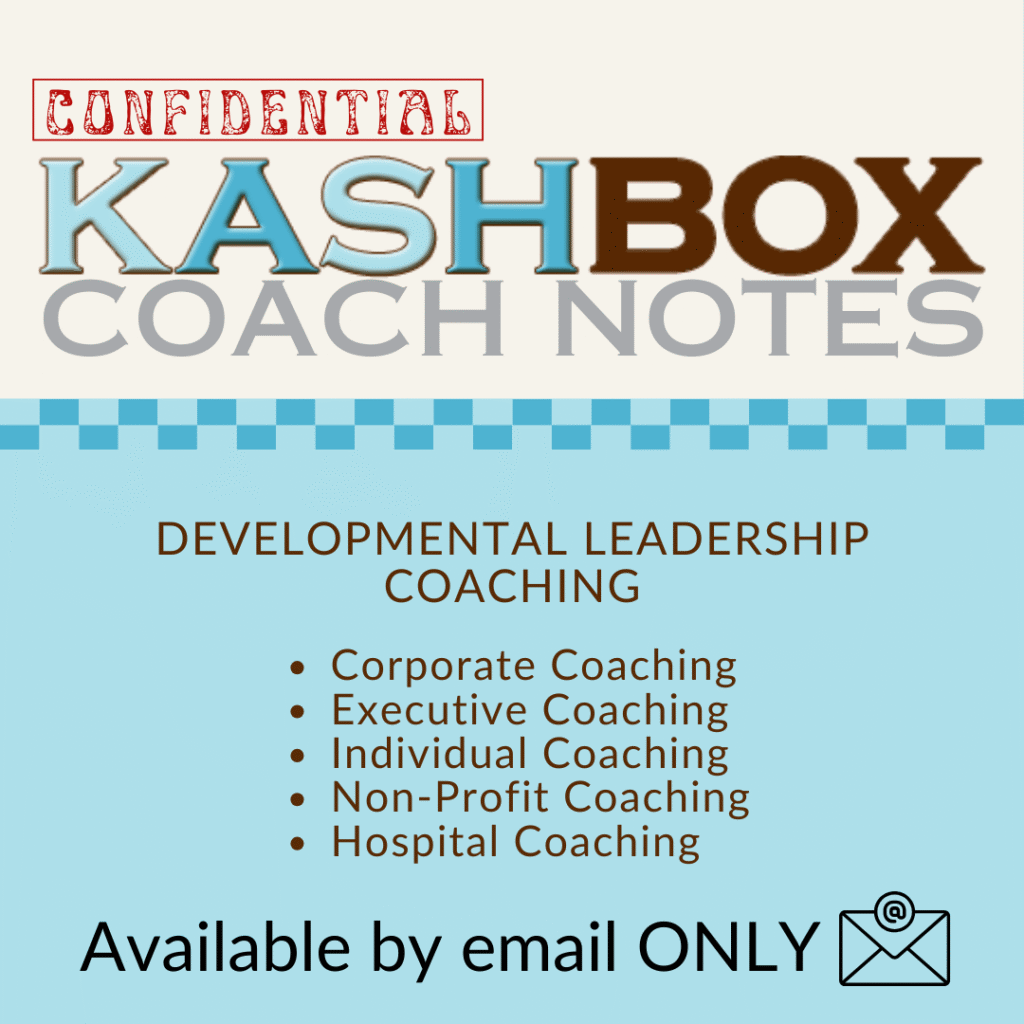The men and women in charge of our organizations now face unchartered challenges: leading their organization through a global pandemic. In this time of crisis, most leaders are doing their best to step up and inspire people to do their best. Many organizations have signed up their leadership for corporate coaching to give employees more resources to work in an environment where no one has personal experience.
One of the challenges is the evolving new normal. Rapidly changing guidelines, mandates, and infrastructure require continual monitoring and adjustments. Leaders are in a constant state of discovery, decision-making, design, and implementation. This requires resilience, collaboration, and great communication.
Those who can adapt quickly and wisely are best positioned to lead their organization, and in many cases, their entire nation, in novel ways. Great leadership in a time of crisis will see us through to the other side.
Business continuity management is more important than ever. Based on my conversations with leaders, developing, refining, and implementing contingency plans is well underway. With careful attention to employee safety and preparedness, leaders can minimize risk and, in some cases, position themselves for post-crisis growth. Below are a few leadership best practices. Are you taking these steps?
Legal Obligations
First and foremost, focus on employee safety. Review policies and then identify actual practices. (What happens in the field may not be the procedures management recommends.) Ensure you have adequate communicable illness plans and practices in place.
Credible Authorities and Resources
Depending on the size and reach of your organization, these may need to be local, regional, national and global, and could include CDC, WHO, EUCDPC, Singapore, and UK.
Contingency Plans
If you haven’t mapped out or developed contingency plans, take a look at the tools and resources developed by the International Federation of the Red Cross and Red Crescent Societies (IFRC) here. While they are designed for Red Cross organizations and volunteers, they offer elements for any leader to consider in a pandemic.
Identify a crisis management team with the authority and autonomy to work through bottlenecks. Identify cross-functional alternates in different scenarios to stabilize the supply chain, monitor and test financials, protect the workforce, engage customers, and coordinate communication.
- Review your absence policies, including when/how employees can return to work. Some employers have been forced to reduce their workforce. Review your benefits policies.
- Empower and equip remote/telecommute work. A member of your crisis-management team should work closely with IT, HR, communications, and facilities to identify resources and requirements for remote workers. If you haven’t already, ask every team leader and manager to identify tasks that can be completed remotely and who can do them.
- Determine measurable performance metrics to improve efficiencies and enhance future change.
- Identify data-security issues and resolutions.
- Establish communication protocol. Ensure that employee contact information is up to date and that the crisis-management team has the current information.
Companies in China can teach us a great deal about leadership in a crisis. Smart policies, anticipating and mitigating operational roadblocks, and, most importantly, caring for our employees and clients will help us through.
Communications
Rumors, misinformation, and fear can spread as quickly as a virus. Clear, factual, and reliable communication is vital. A key role for your crisis-management team is overseeing communications. At a minimum, the team should review and verify messages to ensure that they are consistent with policies. Test your process to verify that it will reach all employees and that all employees can have questions answered.
Develop messaging for different scenarios to inform coworkers or third parties about increased risks or exposure, along with a current phone and email contact list by location for health reporting.
Designate a person(s) to promptly notify local public health authorities about confirmed and suspected coronavirus cases. Ensure your designee is properly trained. While employees may be obligated to disclose the contraction of COVID-19, personal health data is protected under HIPAA.
Thoughtful, intentional, and honest communication is vital to navigating a fast-moving crisis. Avoiding or burying bad news serves no one in the long run. Transparency requires preparation for the “worse before better” reality.
When internal and external clients—your stakeholders—have confidence in your motives and commitment, they’ll respond in kind. Trust in the leader’s word and actions is the most important catalyst in a time of crisis.
As Harvard Novartis Professor Amy C. Edmondson, author of The Fearless Organization: Creating Psychological Safety in the Workplace for Learning, Innovation, and Growth (Wiley, 2019), says, “Transparency doesn’t happen without psychological safety: a climate in which people can raise questions, concerns, and ideas without fear of personal repercussion.” Ensure you have a strong, two-way communication system as we navigate this time of crisis.
Receive [CONFIDENTIAL] Coach Notes directly to your inbox.
Your e-mail address is used to send you our newsletter and information about Kashbox Coaching’s activities. You can always use the unsubscribe link included in the newsletter.
Virtual Meetings
Virtual meetings are a great tool for difficult or controversial conversations. As a leader, you will be responsible for setting expectations and boundaries for all participants. Model the behavior you would like to see.
- Prepare, practice, and test.
- Whenever possible, meet via video, with an option of audio/dial-in for slower bandwidth. Consider having a virtual meeting assistant or facilitator.
- Send an agenda before the meeting, with all needed materials and instructions. Be clear on the meeting objective, and monitor time and focus.
- Allow for instruction and, if needed, practice time. Include reminders about disabling interrupters, such as cell phones, alerts, IMs/pop-ups, and closing any programs or tabs on their computer with sensitive or private information. Build in breaks for any meeting lasting more than 50 minutes.
- For smaller groups (<20), have all participants introduce themselves by name, role, geographic location (town/city), and surroundings (my home office). During the meeting, ask people by name to contribute. For larger groups (20+), use polls and voting (raise your hand) to encourage engagement. Of course, polling with smaller groups is also effective, and the data can be captured later.
- Just like your in-person meetings, allow adequate time for questions and discussion on next steps, deadlines, roles, and when to expect updates.
Manage Stress and Build Resilience
Building mental resilience requires intention and practice. It’s a skill of noticing our thoughts, unhooking from those that are unhelpful, and refraining from punishing ourselves for less-than-helpful thinking (which also begins with noticing). Mindfulness-Based Stress Reduction (MBSR) is a great method to practice this. UMass Memorial Medical Center is just one organization that offers an 8-week online live course.
Guided meditation is also a great option, and there are many Apps available to help. Two of these include Insight Timer, where you can access more than 25K guided meditations led by some of the most renowned leaders (including Jack Kornfield, Tara Brach, and Sharon Salzberg), and see how many people around the world were also meditating with you; and UCLA Mindful, which offers English and Spanish meditations ranging from 3-19 minutes and work with difficult emotions.
Some Buddhist communities also offer virtual, online “sits” to support others with their practice, reminding us of our human connectedness. Trike Daily, The Buddhist Review Tricycle.org, offers a great exercise for leaders: relax the problem solver.
Make Better Decisions
Threats to our well-being, uncertainties, and awareness of our lack of control elevate anxiety and stress and lead us to make short-sighted decisions. Unwittingly, many of us feed uncertainty by consuming more negative news and rushing to action. Here are three techniques you can use to slow down:
- Calm your mind. Use a four-second breathing technique: Slowly breathe in for four seconds, hold your breath for four seconds, slowly exhale for four seconds, pause for four seconds, and repeat.
- Rest your eyes; if possible, gently gaze out a window. Give your mind space to unhook from screens, images, and headlines.
- Find new ways to connect with others. Meaningful connection begins with compassion. The practice of compassion starts by asking, “How can I help this person?” The great paradox is that by opening ourselves up to this one question, we actually build mental resilience and manage stress.
Leaders who slow down and deliberate with data and reason make better decisions. Take the time to read, verify, reflect, and check before making personal and business decisions. A qualified executive coach can help.
Mitigate Anxiety
While it’s important to be transparent in communications, be mindful that anxiety and fear are contagious. When anxiety is elevated for a period of time, it becomes chronic. Fortunately, there are actions leaders can take to mitigate this.
- Prepare yourself. Take a minute to center yourself before you speak, write, or hit send. Pause and breathe.
- Imagine. What has been the experience of others? What are their challenges and needs? Acknowledge this in your message.
- Validate. Credible share information. Be mindful and clear with your word choices. When you don’t know, say so.
- Act. Identify the next action step for you and your audience. This provides an opportunity to unite, contribute, and take action, all supporting a sense of purpose, meaning, and control. Be prepared to answer questions through this process, acknowledging their feelings.
Be Present and Focus on the Now
We are in the midst of the most disruptive crisis since World War II. At that time, rationing, 24-hour manufacturing, and strong supply chains proved to be the most effective to “get through.” Today, we rely on business leaders in the private and non-profit sectors to set the vision and lead us to the other side.
Even under the best circumstances, it’s not easy. Research shows that stress narrows our focus and compromises our decision-making capacity. We act conservatively (which is a good thing), but stress diverts our energy, attention, and creative thinking.
To focus on the now, ask your team:
- What do we want to accomplish?
- What did we do yesterday that worked well?
- What do we need to do today based on any new information?
- What do you need from me to accomplish this?
Plan for Later: Think Ahead
Leaders who can think ten steps ahead collaborate, partner, and foster innovative solutions. They utilize modularity and diversification to protect and insulate units within the larger organization. As circumstances continue to evolve, they remain flexible. Crowdsourcing designing is the next level of modularity, diversification, and innovative solutions.
Think of the wide range of innovators who recently mobilized to address the serious shortage of critical equipment needed to treat the coronavirus. These designers, engineers, manufacturers, students, doctors, and leaders found each other through online messaging platforms and worked together to build innovative protective gear and ventilators.

Ready to Find Your Perfect Kashbox Coach?
Every executive and business leader has unique strengths and faces specific challenges. That’s why we offer a diverse team of experienced coaches, each with specialized expertise in different areas of leadership coaching.
Click the button below to match with a Kashbox Coaching leadership coach who can best help you unlock your full potential.
Seven Business Models for the Future, And Today
In The Future is Faster Than You Think (Simon & Schuster, 2020), Dr. Peter Diamondis and Steven Kotler predict seven business models that will rule the decade:
- The Crowd Economy: Developments that leverage the billions of people already online and the billions coming online with 5G expansion. Existing developments include crowdsourcing, crowdfunding, ICOs, leveraged assets, and staff-on-demand. An example of this economy is Airbnb, which doesn’t own the real estate it lists.
- The Free/Data Economy: In exchange for data about yourself, you can access a tool or toy. Examples of this are Facebook, Google, and Twitter.
- The Smartness Economy: Many of these goods and services are referred to as the Internet of Things, or IoT, which are, in essence, existing tools that have become “smart.” Examples include smartphones, smart speakers, and autonomous vehicles.
- Closed-Loop Economy: These waste-free systems are also called biomimicry or cradle-to-cradle. An example of this model is The Plastic Bank, where anyone can collect and drop off plastic for compensation, and the Plastic Bank sells the plastic for reuse.
- Decentralized Autonomous Organizations (DAOs): Operations are carried out by a set of preprogrammed rules and machinery. For example, a fleet of autonomous taxis with a blockchain-backed smart contracts layer could run itself 24-7, including driving to the repair shop for maintenance, without any human involved.
- Multiple World Models: With the growth in augmented and virtual reality, avatars for work and/or play offer increasing opportunities for new businesses. An example is Second Life, where players pay for the design of digital clothes and houses for their digital avatars.
- Transformation Economy: This is the next step in an experience economy, where people pay to transform their lives. Examples are Burning Man and CrossFit, where the experience may not be pleasant but transformative.
While some of these models may seem frivolous during this time of crisis, there are opportunities here. They can address the challenges of prolonged social distancing (multiple world model, transformation economy), the need for sterile delivery (decentralized autonomous organizations), and the strain on our healthcare (crowd economy.)
As a leader, what is your vision for the future? What new behaviors (processes) can/should be implemented in the future? What business models will support your vision? What are you doing, just for today, while simultaneously thinking ten steps ahead?
We will get through this together. Let me know how I can help.

Creator of the KASHBOX: Knowledge, Attitude, Skills, Habits
Helping You Realize Your Potential
I help people discover their potential, expand and develop the skills and attitudes necessary to achieve a higher degree of personal and professional success and create a plan that enables them to balance the profit motives of their business with the personal motives of their lives.









